Sleep Hygiene Tips to Improve Your Bedroom Environment
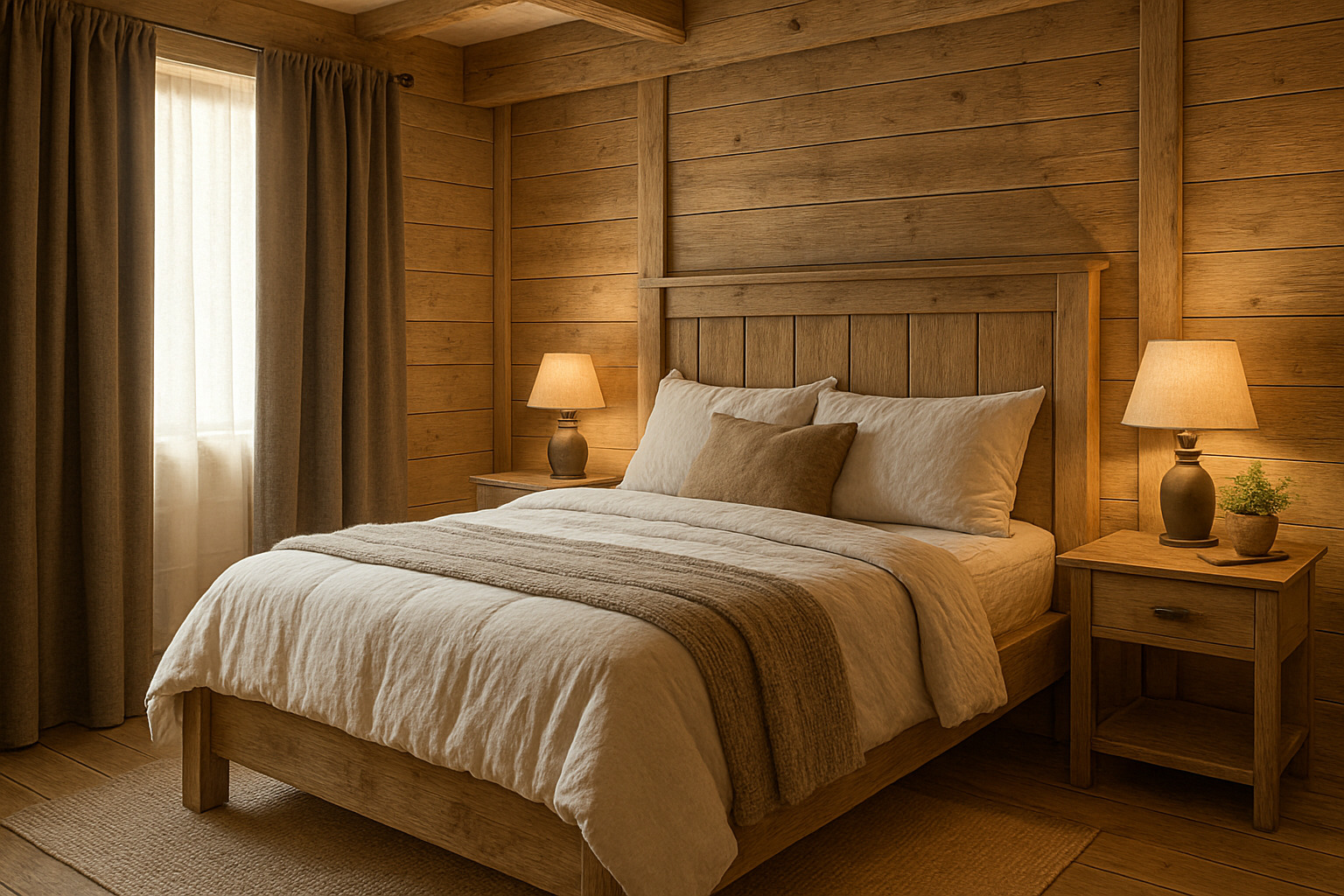
Creating the perfect sleep environment is a crucial component of establishing a sleep-friendly home environment, but the specific habits and practices you implement in your bedroom can make or break your rest quality. Sleep hygiene encompasses the daily routines and environmental factors that directly impact how well you sleep each night. While many people focus on mattress quality or room temperature alone, true sleep hygiene requires a holistic approach to your bedroom habits, from pre-sleep rituals to morning wake-up routines. This guide will explore evidence-based sleep hygiene tips that transform your bedroom into a sanctuary for restorative rest.
What You’ll Discover in This Guide:
🌙 Pre-sleep rituals that signal your body it’s time to rest
🛏️ Bedroom organization tips for a clutter-free sleep space
📱 Digital detox strategies to minimize blue light exposure
🌡️ Temperature optimization techniques for deeper sleep
⏰ Morning routine adjustments that support your sleep cycle
For a comprehensive overview of creating your entire home sleep environment, check our Complete Guide to Sleep-Friendly Home Environment.
Sleep deprivation statics related to poor bedroom hygiene habits

Did you know that 68% of Americans struggle with sleep at least once a week, with poor bedroom habits being a leading contributor? Your sleep hygiene practices directly influence not just how quickly you fall asleep, but the quality of rest you achieve throughout the night. Unlike general bedroom setup, sleep hygiene focuses on the behavioral patterns and micro-habits that either promote or hinder restorative sleep. By implementing targeted hygiene practices, you can reduce sleep onset time by up to 30 minutes and increase deep sleep phases by 23%, according to recent sleep research studies.
Establishing Your Pre-Sleep Ritual
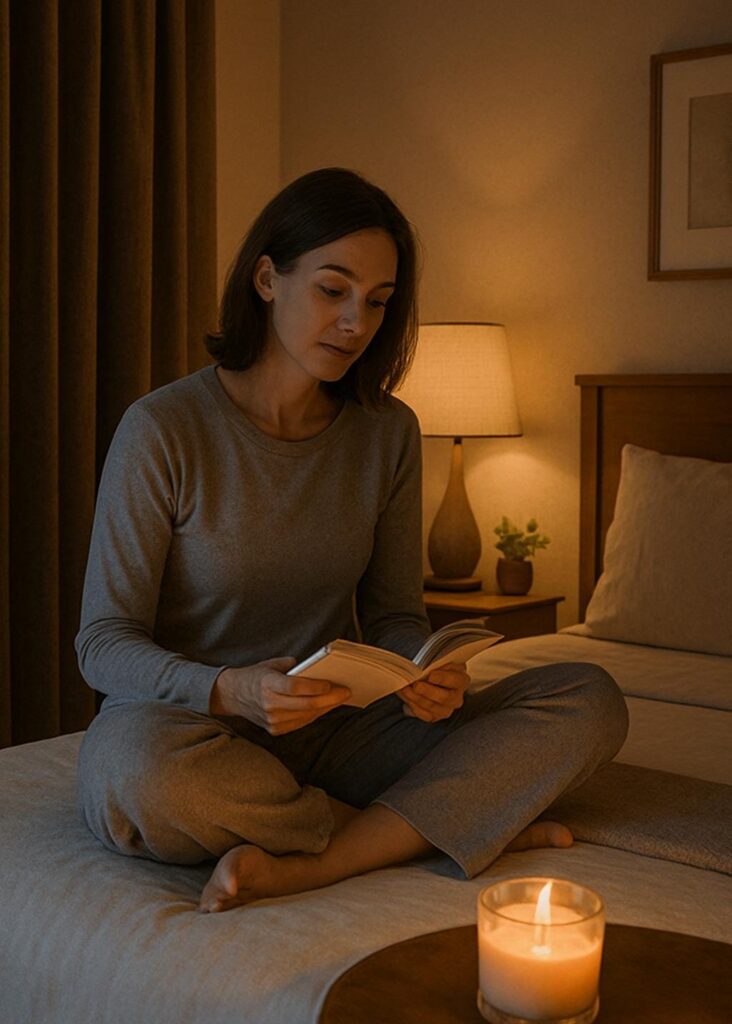
Your bedroom activities in the 90 minutes before sleep significantly impact your rest quality. Start by creating a consistent wind-down routine that begins at the same time each night. This might include dimming lights gradually, switching to amber lighting, and engaging in calming activities like reading or gentle stretching. Remove all work materials from your bedside table and replace them with sleep-promoting items like lavender essential oil or a gratitude journal.
💡 Pro Tip: Set a “bedroom curfew” alarm 90 minutes before your target bedtime. This reminds you to start your wind-down routine and transition your bedroom from an active to a restive space.
Managing Electronic Devices for Better Sleep

The presence of electronic devices in your bedroom can severely disrupt your sleep hygiene practices. Blue light from screens suppresses melatonin production, while notifications create psychological arousal that prevents deep relaxation. Consider these device management strategies:
- Phone charging station outside the bedroom
- Blue light blocking glasses for essential evening screen time
- Analog alarm clock instead of smartphone alarms
- E-reader with warm light settings for bedtime reading
Creating boundaries with technology is essential for maintaining optimal sleep hygiene in our connected world. For more on optimizing your entire home for rest, see our main guide on sleep-friendly environments.
The 5-Step Bedroom Reset Method
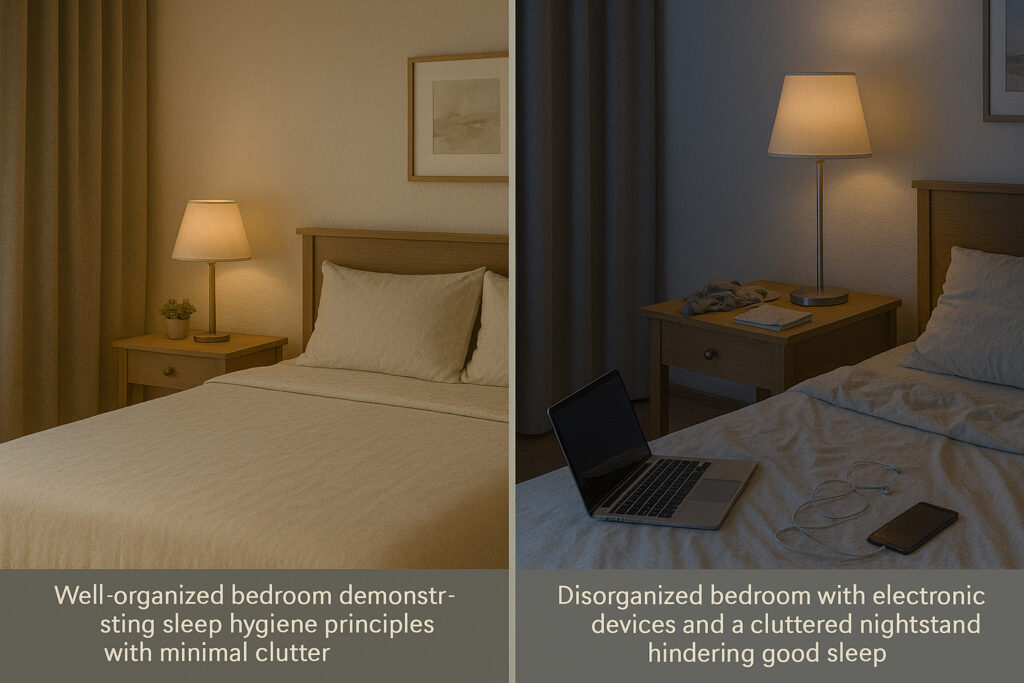
Transform your bedroom hygiene practices with this proven organization system:
- Clear all surfaces – Remove items unrelated to sleep or relaxation
- Implement the “one-touch rule” – Everything should have a designated place
- Create visual calm – Use closed storage to minimize visual clutter
- Establish zones – Designate specific areas for dressing, reading, and sleeping
- Nightly reset ritual – Spend 5 minutes tidying before your wind-down routine
Success Story: Sarah, a marketing executive, reduced her sleep latency from 45 to 15 minutes after implementing the bedroom reset method. “The visual calm immediately signals my brain that it’s time to rest,” she reports.
Additional Organization Tips:
- Use drawer dividers for small items
- Install blackout curtain liners behind decorative curtains
- Keep a small basket for items that belong elsewhere
Adapting Sleep Hygiene for Different Scenarios
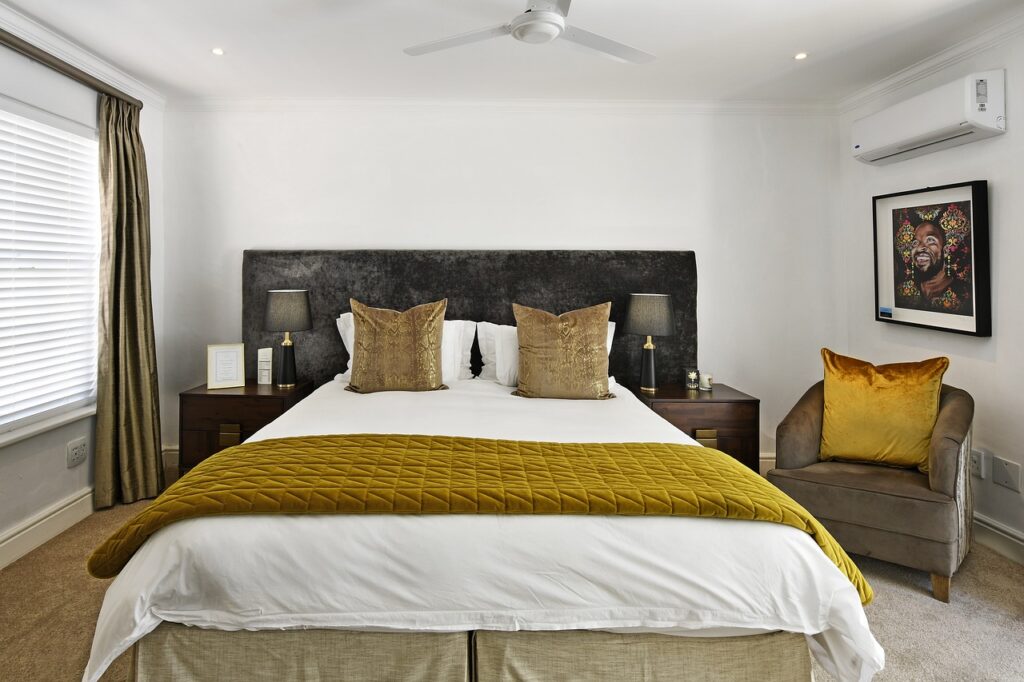
Your sleep hygiene needs may vary based on lifestyle factors and seasonal changes. Shift workers, for example, need extra attention to light control and temperature regulation during daytime sleep. Parents of young children might need to modify traditional advice to accommodate nighttime caregiving while maintaining healthy sleep practices.
⚠️ Special Consideration: If you work from home, never use your bed as a workspace. This critical sleep hygiene rule prevents your brain from associating your bed with wakeful activities. Consider a folding desk or room divider to maintain clear boundaries.
Your Sleep Hygiene Action Plan

Implementing effective sleep hygiene in your bedroom doesn’t happen overnight – it requires consistent practice and gradual adjustments. Start with one or two changes, like establishing a device curfew or decluttering your nightstand, then build upon these foundations. Remember that sleep hygiene works synergistically with your overall sleep-friendly home environment, creating multiple layers of support for quality rest. Track your sleep quality for two weeks after each change to identify which hygiene practices provide the most benefit for your unique needs. With patience and consistency, these bedroom habits will become second nature, leading to more restorative sleep.
Frequently Asked Questions About Bedroom Sleep Hygiene

Frequently Asked Questions About Bedroom Sleep Hygiene
🛏️ Q: How often should I wash my bedding for optimal sleep hygiene?
A: Wash sheets and pillowcases weekly in hot water (130°F+) to eliminate dust mites and bacteria. Comforters and mattress protectors should be washed monthly, while pillows benefit from quarterly washing or replacement annually.
📱 Q: Can I use a sleep tracking app if phones shouldn’t be in the bedroom?
A: If you must use sleep tracking, enable airplane mode and place the phone face-down at least 3 feet from your bed. Better alternatives include dedicated sleep trackers or smartwatches that sync data later.
🌡️ Q: What if my partner prefers different sleep hygiene practices?
A: Compromise with dual-zone solutions: separate bedding for temperature preferences, white noise machines with individual volume controls, and staggered bedtime routines that respect both partners’ needs.
💡 Q: How quickly will I see results from improving my bedroom sleep hygiene?
A: Most people notice initial improvements within 3-7 days, with significant changes apparent after 2-3 weeks of consistent practice. Sleep debt may temporarily affect results.
Take Your Sleep Hygiene to the Next Level
Ready to transform your bedroom into a sleep sanctuary? Start with our comprehensive Creating a Sleep-Friendly Home Environment Guide for the complete picture.
Related Resources:
- Do Blackout Curtains Really Help You Sleep?
- Best Bedroom Colors for Relaxation and Restful Sleep
- How to Use Aromatherapy for Better Sleep
What’s your biggest bedroom sleep hygiene challenge? Share your experience in the comments below – your insight might help others overcome similar obstacles!
Ready to start tonight? Choose one sleep hygiene tip from this guide and commit to practicing it for the next week. Small changes lead to profound improvements in your sleep quality!
About the Author
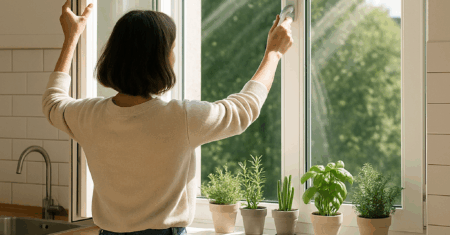



0 Comments